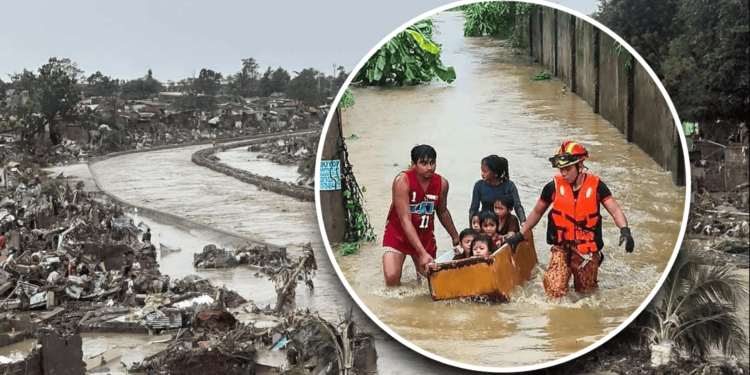The death toll from Typhoon Tino has risen to 188, marking one of the deadliest storms to hit the Philippines in 2025. The Office of Civil Defense confirmed that Cebu province suffered the most casualties with 135 deaths, followed by Negros Occidental, Negros Oriental, Agusan del Sur, Capiz, Leyte, Antique, Iloilo, Guimaras, and Bohol. Most fatalities were caused by drowning and debris-related injuries as floods and landslides devastated several towns across the Visayas and Mindanao.
Officials said 135 people remain missing, while 96 others have been reported injured. The OCD described widespread flooding in highly urbanized areas, making rescue and retrieval operations more difficult. Many affected communities remain cut off due to blocked roads and damaged bridges, slowing down the delivery of aid and communication efforts.
Initial damage assessments placed infrastructure losses at P6.3 million and agricultural damages at P13.3 million, though authorities expect these figures to rise significantly once reports from local governments and private entities are finalized. In similar large-scale disasters, total damages often reach hundreds of millions of pesos. Early reports also estimated that around 9,600 houses were partially or totally destroyed, displacing thousands of families and leaving many in temporary shelters.
Government response teams continue to clear debris and restore access to isolated areas. However, some regions remain unreachable due to collapsed structures and heavy flooding.












